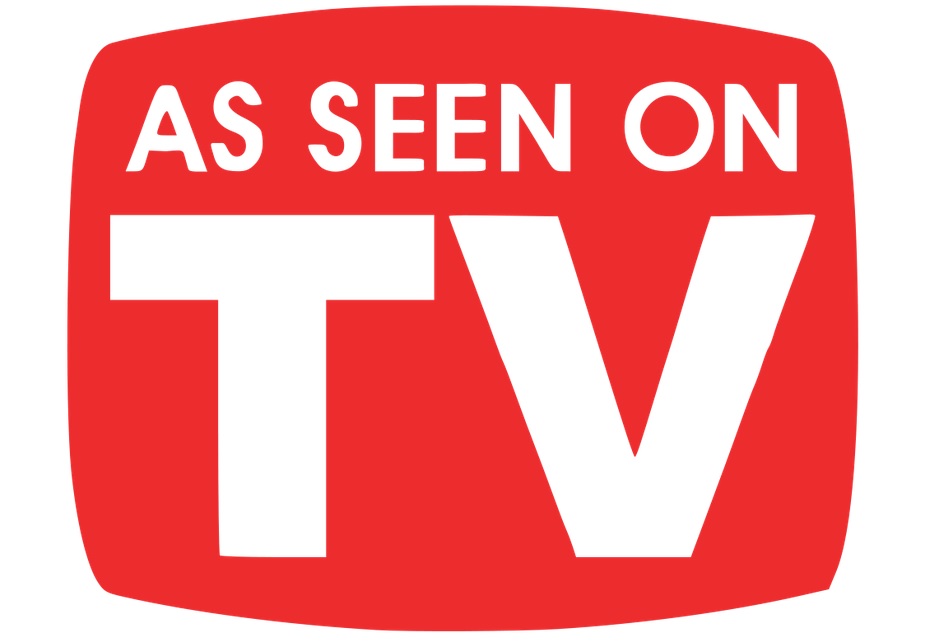Brand Placement on TV: The Positive Impact of Fast-forwarding
This is one of our free-to-access content pieces. To gain access to all Ideas for Leaders content please Log In Here or if you are not already a Subscriber then Subscribe Here.

Placing brands with different ‘personalities’ next to each other, as in a block of ads during a TV commercial break, impacts how consumers view the brands, new research shows. For example, a safe, efficient product seems like a more exciting choice simply because its ad followed the advertisement for another product that emphasizes excitement and adventure. But this brand-pairing effect only happens when consumers are not paying too much attention to either brand… as when they’re fast-forwarding through the commercials of a taped TV show.
In the real world, brands are rarely seen alone. Whether on television, radio, or in print, brands are usually surrounded by other brands — numerous advertisements fill the pages of a magazine, or a seemingly endless block of commercials interrupts our favourite TV program. In academic terms, these other brands are called ‘context’ brands, and previous studies have shown that they can change perceptions of and, thus, consumer preferences for the ‘focal’ brands — the specific brand at the centre of the study. For example, when participants in one study were shown a series of pleasant vacation spots, they were less likely to purchase the target vacation spot than when they were shown a series of less pleasant vacation spots.
A team of researchers from three leading business schools dug deeper into the impact of context brands on focal brands and uncovered a surprising new insight for advertisers: sometimes, you don’t want prospective customers to be paying too close attention to the commercials.
The research team focused specifically on the concept of brand ‘personality’, which refers to human traits such as sincerity, competence or excitement that can be associated with a brand. Through a series of four experiments, the team showed that when a brand is seen with another brand that has a dissimilar personality (seeing the relatively safe and competent Honda brand with the rugged, exciting Mountain Dew brand, for example), the brands are seen as unique. When brands are seen with other brands that are similar in personality they lose their uniqueness (and thus attraction) in the minds of the viewers.
However, the experiments show that this effect only occurs in what the researchers call ‘low elaboration’ settings — the level of ‘elaboration’ referring to the effort and time that a consumer spends in processing a brand. Fast-forwarding through commercials is an example of low elaboration: in a few seconds, brief images of the Honda Pilot followed by brief images of Mountain Dew zip by. In these low-elaboration settings, when consumers are not paying close attention, the juxtaposition of dissimilar brands has the most impact.
The researchers found different ways to test the low vs. high elaboration factor. In one experiment, participants were shown photos of various combinations of Dove Soap, a ‘sincere’ product, with two other products: the equally sincere Canada Dry and the edgy Mountain Dew. One group of participants were told that the experiment was about the emotions of the people in the photographs, and thus paid very little attention to the brands. The other group was told that the experiment concerned the brands in the photographs. The result: participants were more likely to choose Dove Soap when it was paired with the dissimilar Mountain Dew, particularly those from the group that was not focused on the brands.
Another experiment, which involved participants either fast-forwarding through commercials or watching commercials at regular speed, yielded the same result. The focal brand in this experiment was Mountain Dew and the context brands were the Hummer, similar to Mountain Dew in terms of excitement, or the dissimilar Honda Pilot. Participants, the experiment showed, were more likely to pick Mountain Dew when it was paired with the Honda Pilot, but only when the participants were fast-forwarding through the commercials.
Companies carefully cultivate their brand personalities. They decide the emotions that they want the brand to elicit in customers and prospects, and then carefully design their promotions and advertising strategy around that emotion. The research shows, however, that the painstakingly constructed brand personalities may be influenced by factors over which marketers have little control, such as the other products in the advertisement block.
Simply understanding the potential for this outside influence is already a first step. Companies can, as a consequence, be more deliberate in the placement of their advertisements. If a late night show is more likely to be watched the following day on DVR, what are the other advertisements on that show (knowing that all commercials for that show are likely to be fast-forwarded)? Are there enough dissimilar products that will make their own product stand out?
There are a number of other situations in which brands are paired (intentionally or unintentionally) with other brands, such as event sponsorships or product placements. As they explore the different media outlets and branding opportunities, companies can use this research to place their brands in the context that is more likely to get customers to choose them.
Distinctively Different: Exposure to Multiple Brands in Low Elaboration Settings. Linyun Yang, Keisha M. Cutright, Tanya L. Chartrand & Gavan J. Fitzsimons. Journal of Consumer Research (February 2014). DOI: 10.1086/673522.

Ideas for Leaders is a free-to-access site. If you enjoy our content and find it valuable, please consider subscribing to our Developing Leaders Quarterly publication, this presents academic, business and consultant perspectives on leadership issues in a beautifully produced, small volume delivered to your desk four times a year.

For the less than the price of a coffee a week you can read over 650 summaries of research that cost universities over $1 billion to produce.
Use our Ideas to:
Speak to us on how else you can leverage this content to benefit your organization. info@ideasforleaders.com